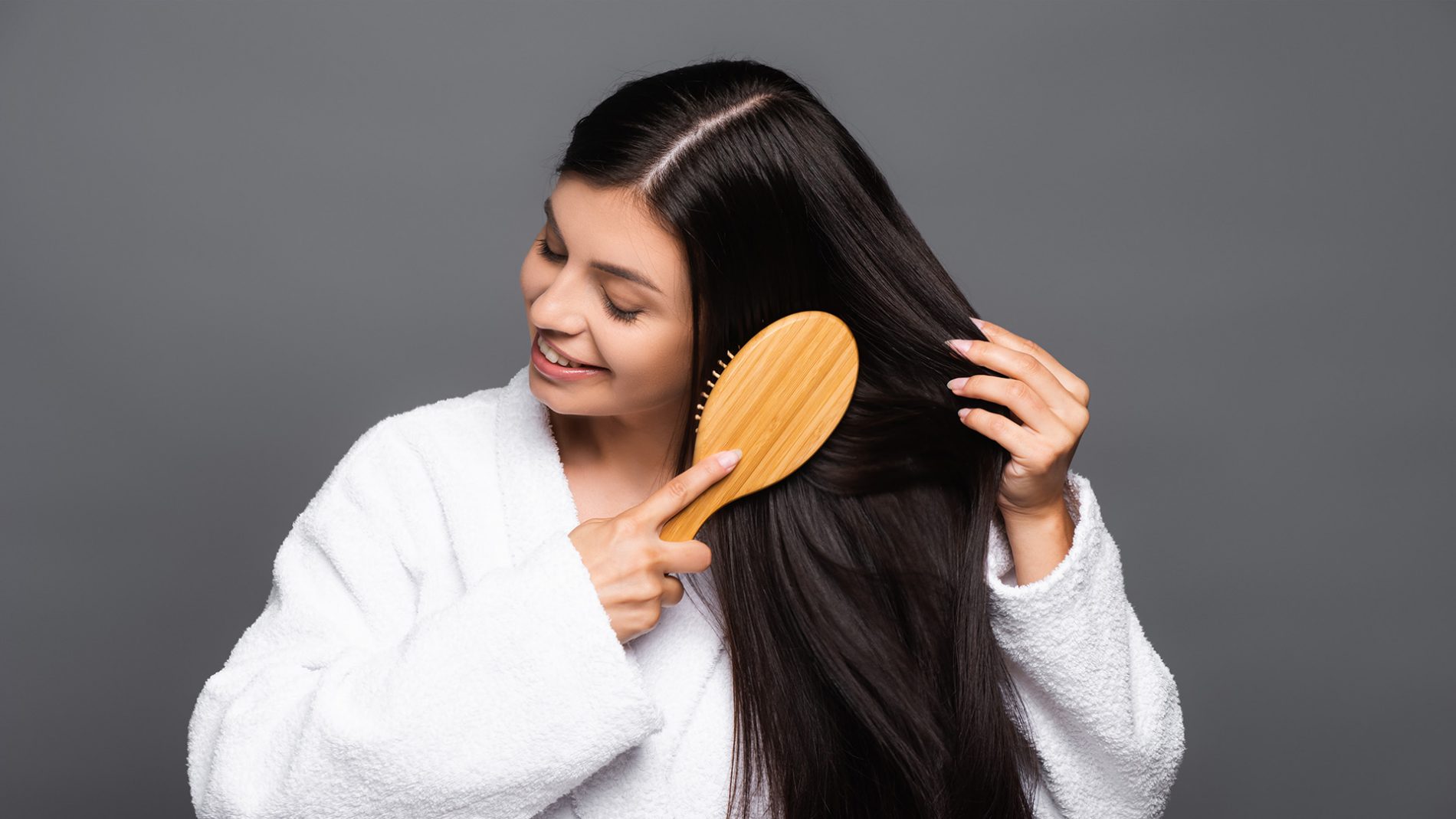Have you ever wondered why some people have shiny, bouncy, and healthy-looking hair while others struggle with dry, frizzy, and dull hair? The answer may lie in their hair porosity.
Hair porosity is a measure of how well your hair can absorb and retain moisture. It is influenced by the structure and condition of your hair cuticles, which are the outermost layer of your hair shafts.
Knowing your hair porosity can help you choose the best products and practices for your hair type, and improve your hair health and appearance. In this blog, we will explain what hair porosity is, why it matters, and how to test and care for your hair based on its porosity level.
What is Hair Porosity?
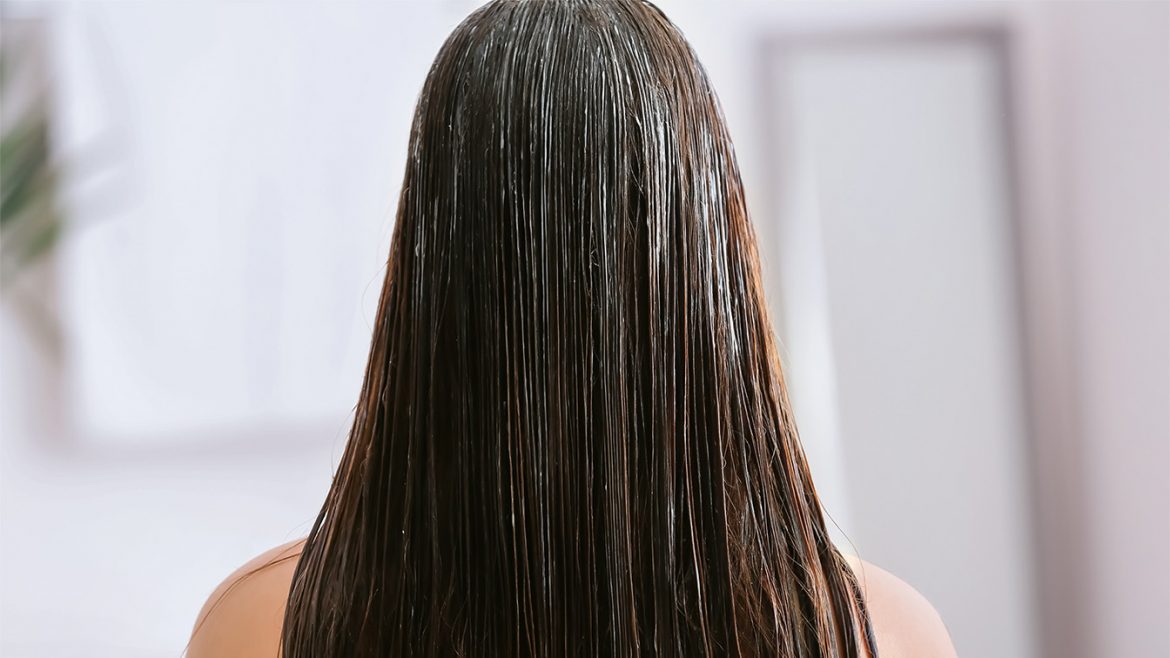
Hair porosity is a term that describes how well your hair can absorb and retain moisture. It depends on the structure of your hair cuticles, which are the outermost layer of your hair shaft. Your hair cuticles can be tightly packed, loosely spaced, or somewhere between. This affects how easily water, oils, and other products can penetrate your hair and how long they stay there.
Hair porosity is usually divided into three categories: low, medium, and high. Each one has its own characteristics, advantages, and challenges. Here’s a quick overview of each type:
- Low porosity hair has cuticles that are very close together, creating a smooth and shiny surface. This means that your hair is resistant to moisture but also prone to product buildup. Low porosity hair can be hard to hydrate and style, as it takes longer to absorb and release moisture and heat.
- Medium porosity hair has slightly raised cuticles, allowing a balanced amount of moisture to enter and exit your hair. This means that your hair is easy to moisturise and style, as it responds well to products and treatments. Medium porosity hair is considered the ideal type, as it requires minimal maintenance and care.
- High porosity hair has cuticles that are widely spaced, creating a rough and porous surface. This means that your hair can absorb much moisture but lose it quickly. High porosity hair can be dry, frizzy, and prone to damage, as it is more vulnerable to environmental factors and chemical processes.
Why Does Hair Porosity Matter?
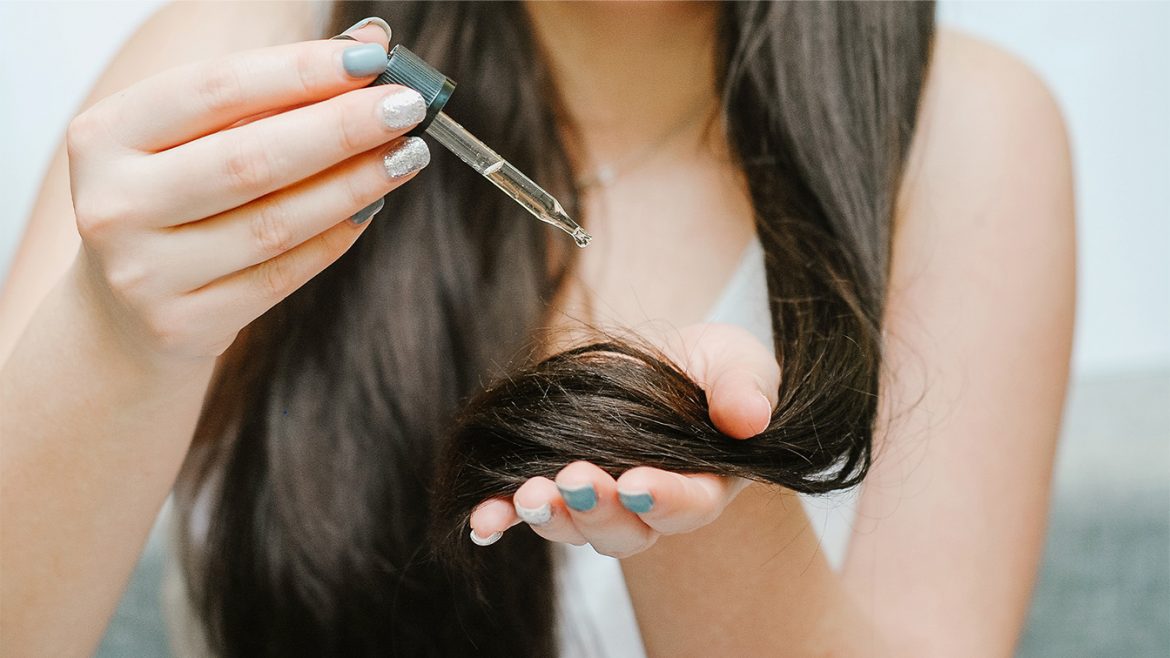
Hair porosity matters because it affects how your hair looks, feels and behaves. Knowing your hair porosity can help you choose the best products, routines, and techniques for your hair type.
For example, if you have low-porosity hair, you might want to use lightweight oils, heat, and acidic rinses to help open up your cuticles and moisturise your hair. If you have high porosity hair, you might want to use heavier oils, cold water, and protein treatments to help seal your cuticles and strengthen your hair.
Hair porosity can also change over time due to factors such as age, genetics, hormones, diet, and styling habits. For instance, if you dye, bleach, or heat-style your hair frequently, you might increase your hair porosity and damage your cuticles. That’s why monitoring your hair porosity and adjusting your hair care accordingly is important.
How to Test Hair Porosity?
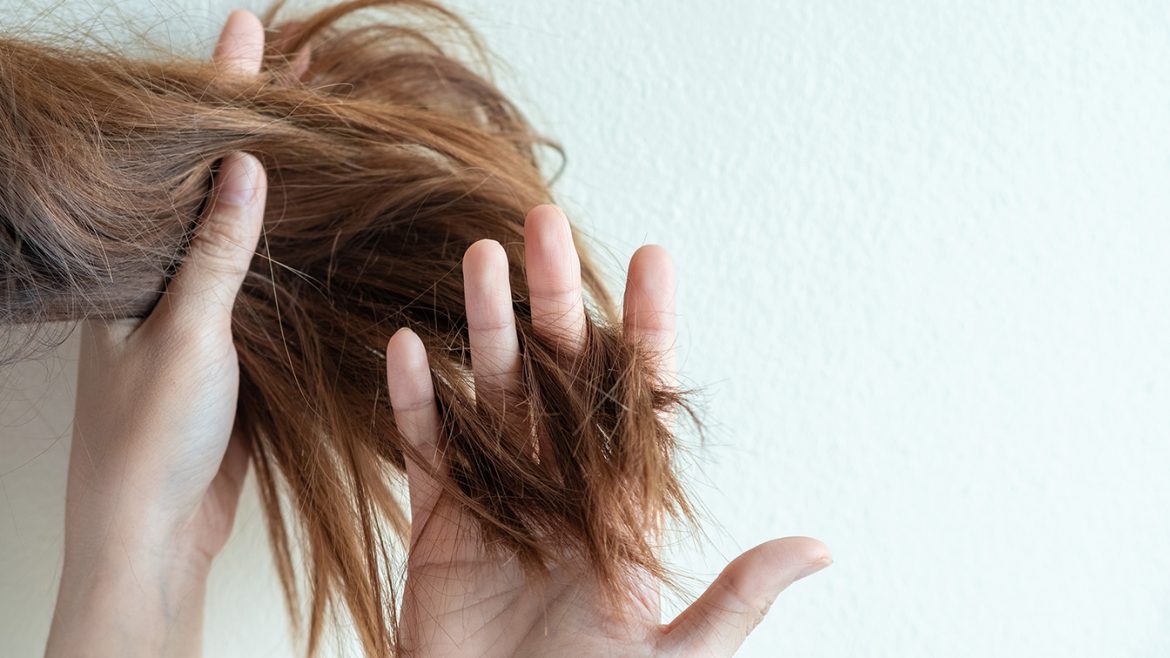
There are several ways to test your hair porosity at home, but one of the easiest and most popular methods is the float test. Here’s how to do it:
- Wash and dry your hair to remove any product buildup.
- Fill a glass with room-temperature water.
- Take a strand of your hair and drop it into the water.
- Observe what happens to your hair after a few minutes.
If your hair floats on the surface, you have low porosity hair. You have medium porosity hair if your hair sinks slowly to the bottom. You have high porosity hair if your hair sinks quickly to the bottom.
Another way to test your hair porosity is to spray your hair with water and see how it reacts. If your hair beads up and repels the water, you have low porosity hair. You have medium porosity hair if your hair absorbs the water and feels damp. You have high-porosity hair if it absorbs water and feels wet.
What Oils to Use for Different Hair Porosity?
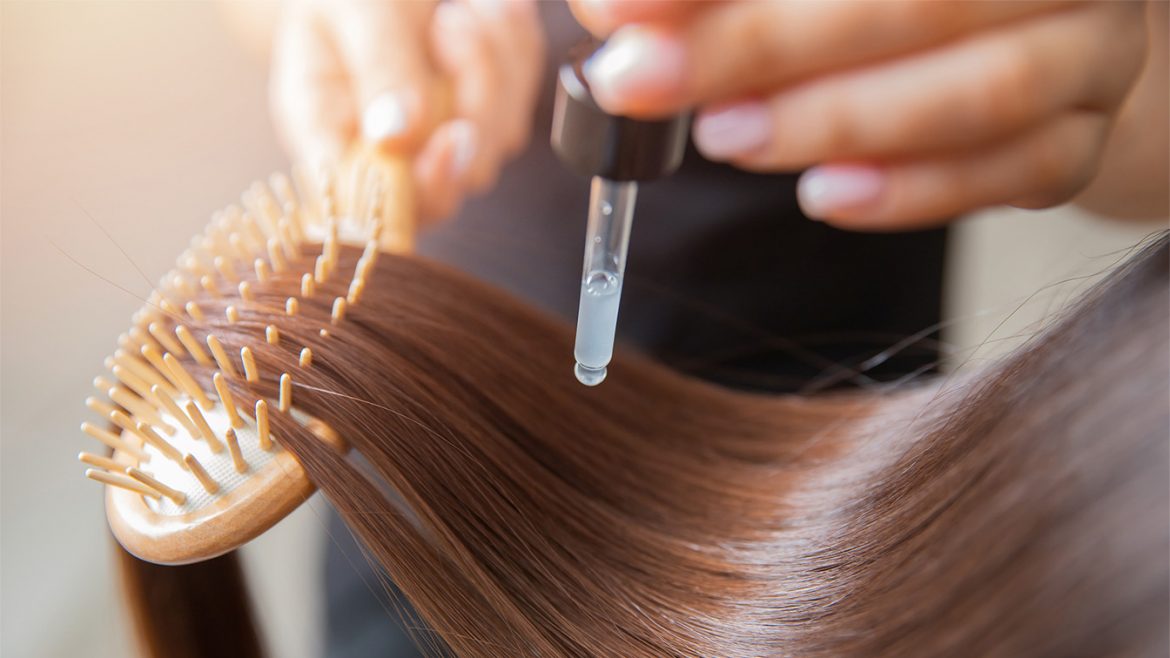
Oils are a great way to nourish and protect your hair, as they can provide moisture, shine, and antioxidants. However, not all oils are created equal; some might work better for your hair porosity than others. Here are some general guidelines on what oils to use for different hair porosity:
- Low-porosity hair benefits from lightweight oils that can penetrate the cuticles and moisturise the hair without weighing it down. Some examples are grapeseed oil, hemp seed oil, and jojoba oil. These oils can also help reduce frizz and add shine to your hair.
- Medium porosity hair can use a variety of oils, as it can absorb and retain them well. Some examples are coconut oil, olive oil, and avocado oil. These oils can help hydrate and condition your hair and prevent breakage and split ends.
- High porosity hair needs heavier oils that can seal the cuticles and lock in the moisture. Some examples are castor oil, argan oil, and shea butter. These oils can also help repair and strengthen your hair and smooth and soften it.
What Foods and Vitamins to Eat for Healthy Hair?
Besides using oils, eating a balanced and nutritious diet is another way to improve your hair’s health and growth. Your hair needs various vitamins and minerals to function properly, such as vitamins A, B, C, D, and E, as well as iron, zinc, selenium, and omega-3 and omega-6 fatty acids. Here are some of the best foods and vitamins to eat for healthy hair:
Eggs are a great source of protein and biotin, two nutrients that are essential for hair growth and strength. Protein is the main building block of your hair, while biotin helps produce keratin, a key hair protein.
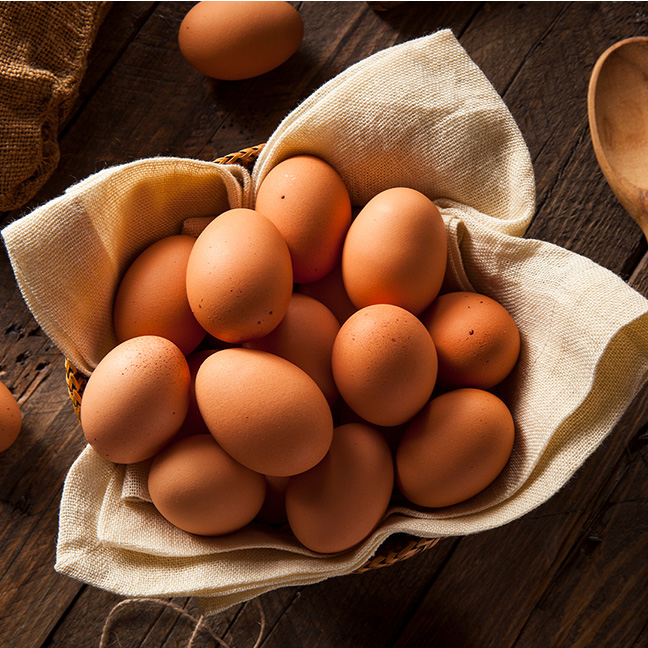
Berries are rich in vitamin C, which acts as an antioxidant and helps protect your hair from free radical damage. Vitamin C also helps your body produce collagen, another important hair protein.
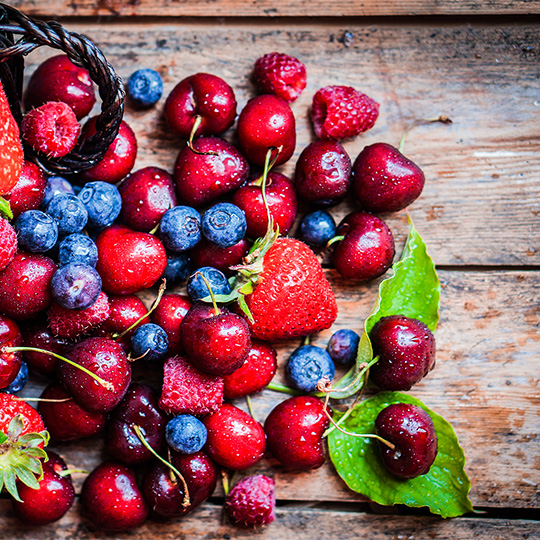
Spinach is a leafy green vegetable containing iron, folate, and vitamins A and C. Iron helps red blood cells carry oxygen to your hair follicles, while folate and vitamins A and C help produce and maintain healthy hair cells.
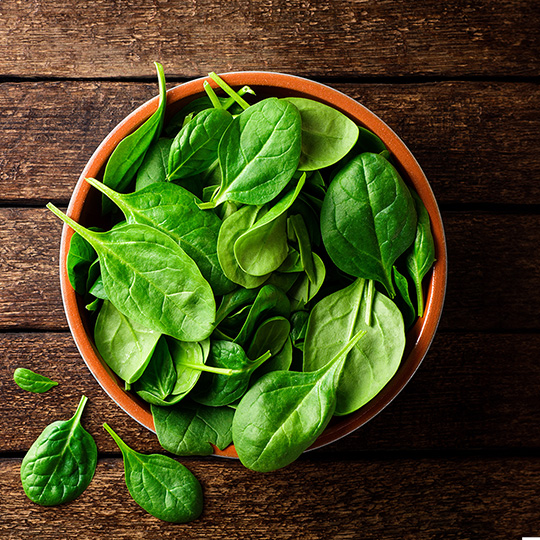
Fatty fish, such as salmon, mackerel, and herring, are high in omega-3 fatty acids, which have anti-inflammatory and moisturising properties. Omega-3 fatty acids can help promote hair growth and prevent hair loss.
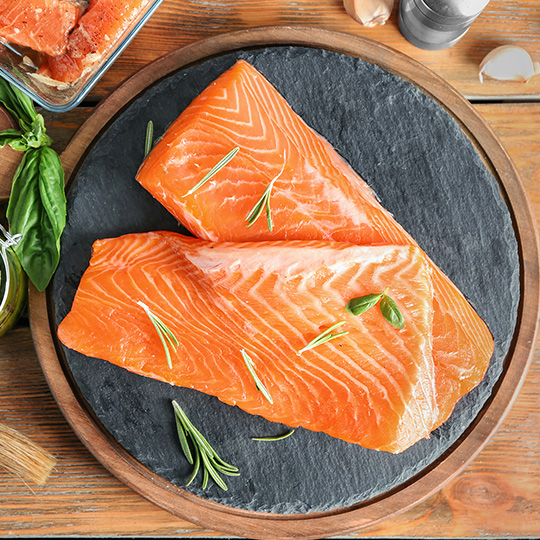
Nuts, such as almonds, walnuts, and pistachios, are packed with healthy fats, vitamins, and minerals that can benefit your hair. Nuts contain vitamin E, which can help prevent oxidative stress and hair damage, as well as zinc, which can help prevent hair loss.
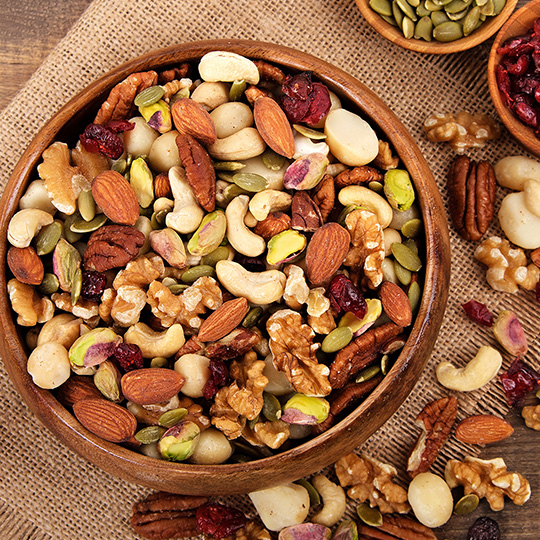
Wrap-Up
Hair porosity is an important factor that affects your hair’s health and appearance. However, no matter what your hair porosity is, you can always achieve beautiful and healthy hair with proper care and nutrition.

